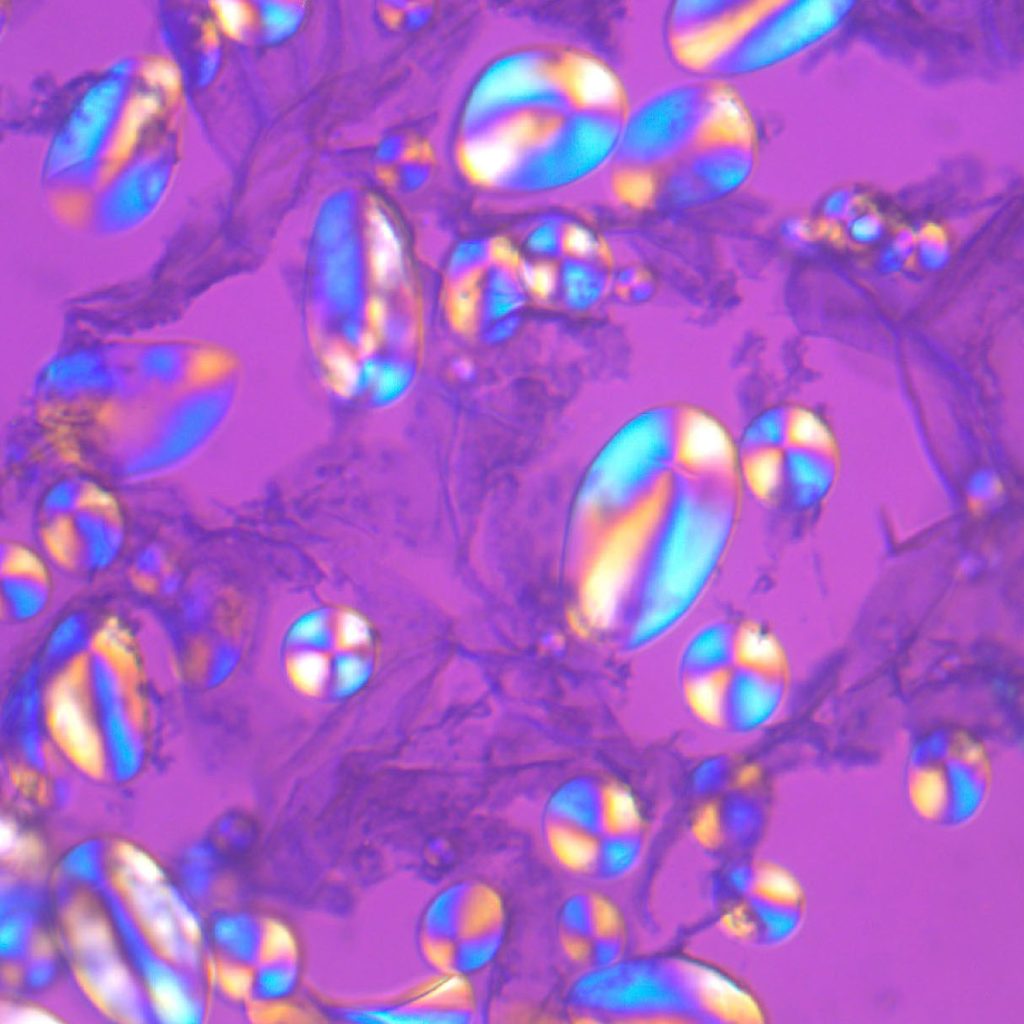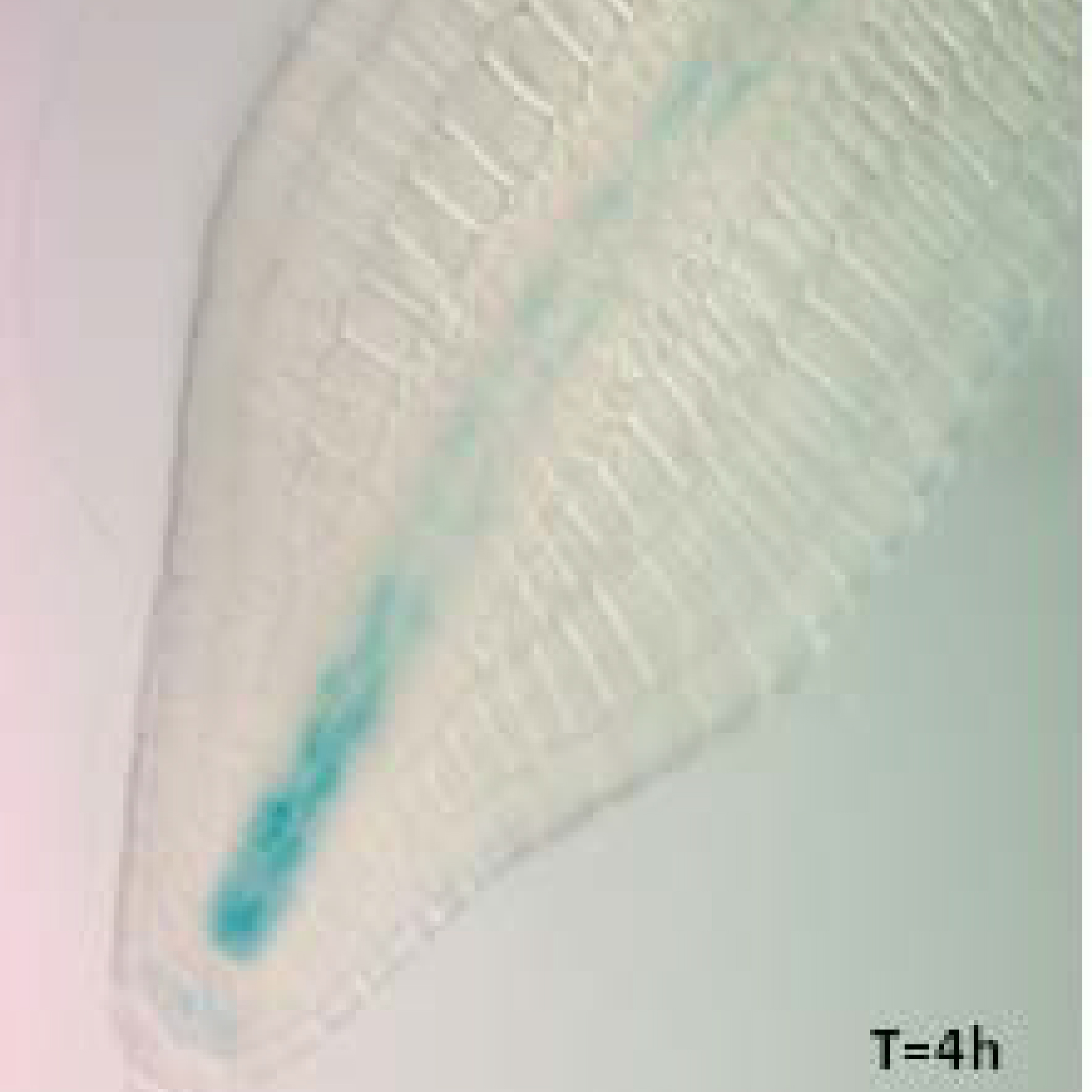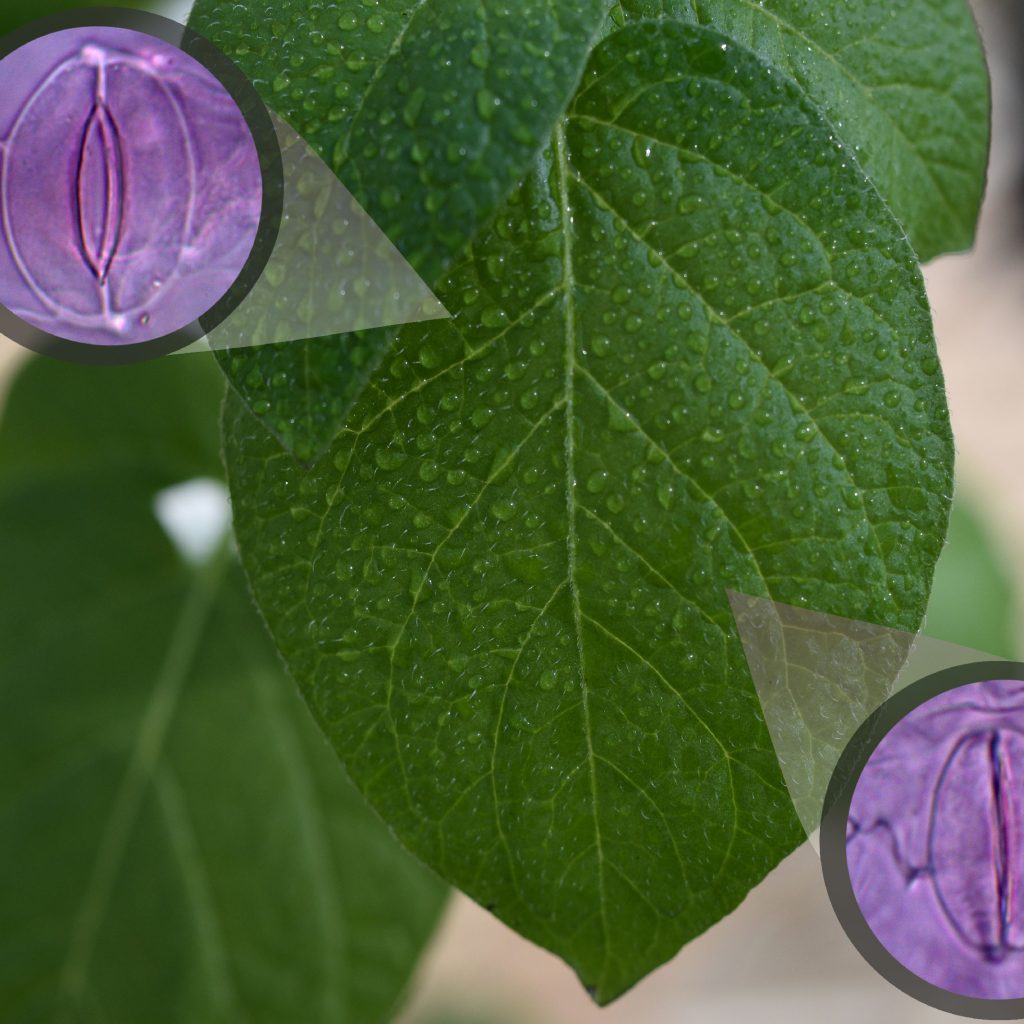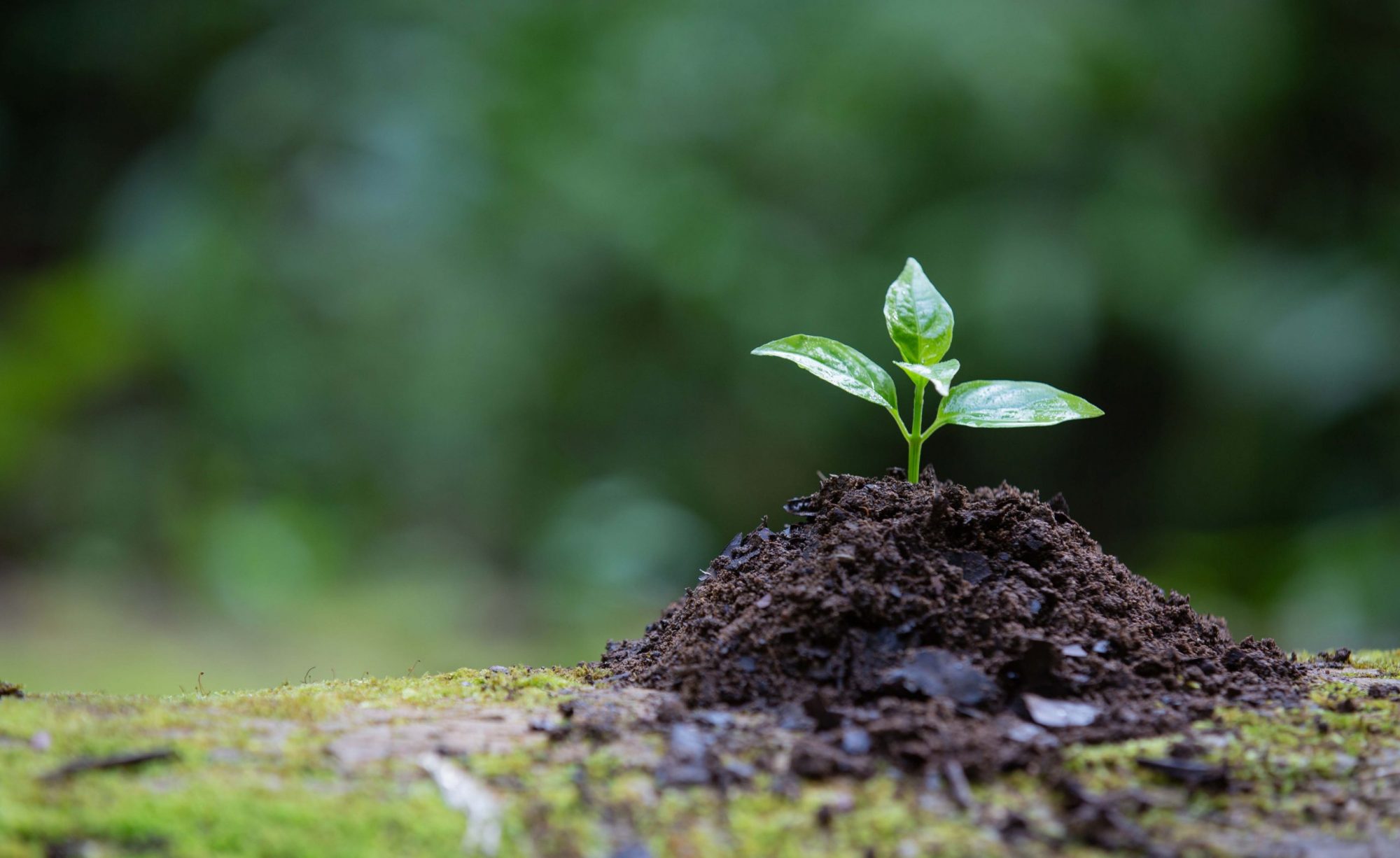The primary focus of the research in our lab is to understand how plants integrate environmental information into growth and development. We are interested in the molecular mechanisms of physiological responses as well as in the implications for agriculture.
Phenotypic plasticity, the ability of a genotype to express variability in different environments, is probably the most important component that has allowed the evolution of species. Individuals and populations living in different geographical regions differ in many developmental traits that are presumed to reflect adaptations to different environments. Studying the mechanisms that underlie the adaptation responses of plants in changing environments gives us the possibility to identify the genetic and molecular limitations of adaptive plasticity.
Plants are ideal organisms to understand the selective pressures of the environment in their natural environment because, given their limited mobility, they are finely adapted to their local environment. The main objective of our group is to understand how plants integrate environmental information into growth and development. We use Arabidopsis thaliana as model laboratory system, and potato and rapeseed as model crops. Our laboratory combines molecular genetics, genome-wide expression, biochemistry, pharmacological and physiological approaches to dissect the natural genetic variation of growth and development in seeds and plants. We have three research lines that focus on the genetic and molecular basis of light and temperature adaptive plant plasticity: 1) Seed dormancy and germination, 2) Transcriptional regulation in plant growth and development, and 3) Natural genetic variation in plant growth and development.



